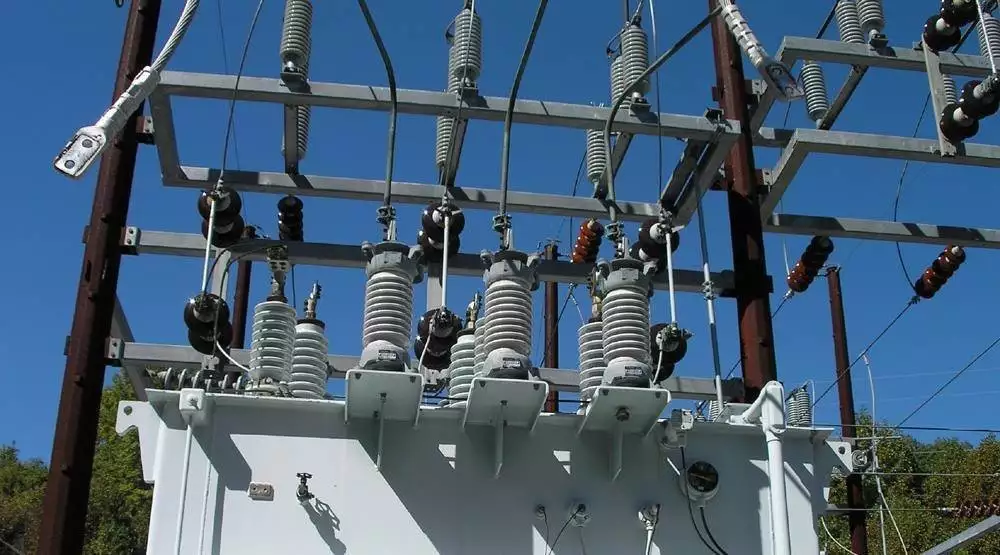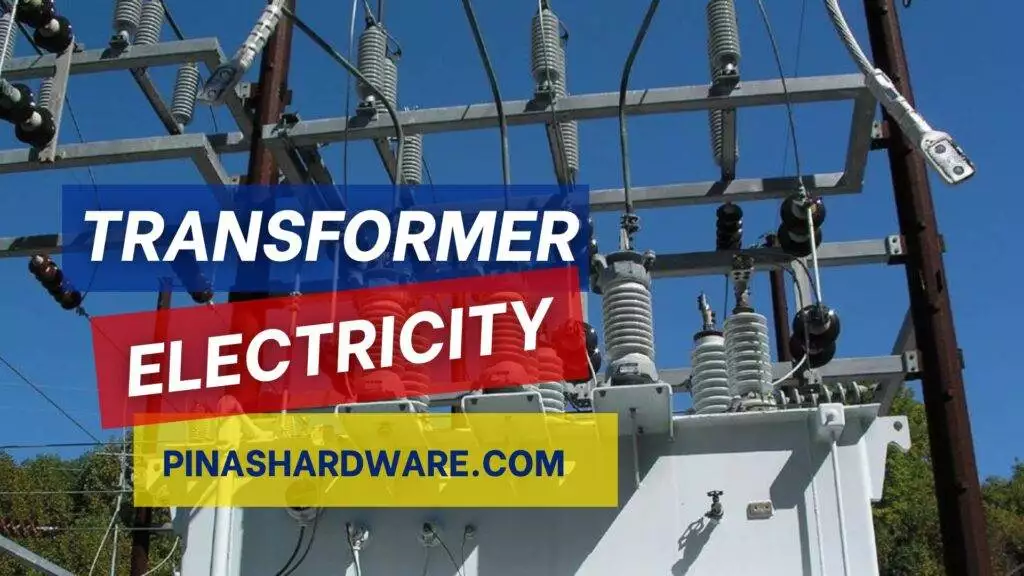A Transformer is an electrical device with two or more coils around its core that helps enable the transfer of electrical energy between the circuits. Although the transformer’s main function is to transfer electrical energy between circuits, they are also used to change voltage levels, provide electrical isolation, regulate voltage, and distribute electricity in power systems and electrical networks. They are essential electrical devices that are popular in modern electrical infrastructure due to their versatility and efficiency.
Transformer Electricity Prices
Transformer electricity prices can vary depending on factors such as the type and voltage capacity. On average, its price can range from ₱45,000.00 to ₱269,000.00.
| Item No. | Description | Unit Price |
| 1 | Pole Type, Distribution Transformer, 5kVA | ₱45,000.00 |
| 2 | Pole Type, Distribution Transformer, 10kVA | ₱61,000.00 |
| 3 | Pole Type, Distribution Transformer, 15kVA | ₱74,000.00 |
| 4 | Pole Type, Distribution Transformer, 25kVA | ₱95,000.00 |
| 5 | Pole Type, Distribution Transformer, 37.5kVA | ₱112,000.00 |
| 6 | Pole Type, Distribution Transformer, 50kVA | ₱133,000.00 |
| 7 | Pole Type, Distribution Transformer, 75kVA | ₱166,000.00 |
| 8 | Pole Type, Distribution Transformer, 100kVA | ₱190,000.00 |
| 9 | Pole Type, Distribution Transformer, 167kVA | ₱269,000.00 |

Advantages of Transformer Electricity
Voltage Transformation – Transformers help transmit electrical energy over long distances which greatly helps in reducing energy losses and making power transmissions more economical.
Electrical Isolation – These electrical devices help provide a way to isolate the input and output circuits which makes both the equipment and personnel in charge safe from electrical hazards such as electric shock or short circuit problems.
Efficiency – Modern transformers can operate with high efficiency minimizing the energy loss during a voltage transmission which helps in conserving energy, reducing electricity bills, and lowering carbon emissions.
Flexibility – Transformers are available in various configurations, sizes, and voltage ratings to meet the diverse requirements of different electrical systems and applications. They can be customized to match specific voltage, power, and space constraints, providing flexibility in design and implementation.
Disadvantages of Transformer Electricity
Cost – Transformers can be expensive to manufacture, install, and maintain, especially for large-scale power transmission and distribution systems. The initial capital investment for transformers, as well as regular maintenance, can be costly, requiring careful consideration before making a purchase.
Energy Losses – Although modern transformers can operate with high efficiency, they are still bound to incur energy losses. These losses can be caused by several factors such as resistance in the windings, core losses, and stray losses. The energy losses can result in higher overall energy consumption and reduce the efficiency of power transmission and distribution.
Maintenance Requirements – To ensure optimal performance and longevity, transformers will require regular inspection and maintenance, such as monitoring insulation integrity, checking for overheating, and conducting oil testing and analysis for oil-filled transformers which can be time-consuming and costly.
Video about Transformer Electricity
FAQs
What is a transformer in electricity?
A transformer is an electrical device that transfers electrical energy between two or more circuits.
What is a power transformer used for?
Its main purpose is to convert from the transmission lines to consumers through electromagnetic induction.
Is the transformer for AC or DC?
Although they can be used for direct current (DC), transformers are primarily used for alternating currents (AC).
Does AC need a transformer?
Transformers are not necessary, however, they offer numerous advantages that make them highly valuable and difficult to overlook.
Is an inverter a transformer?
An inverter is not the same as a transformer, although some inverters may contain transformer components.

